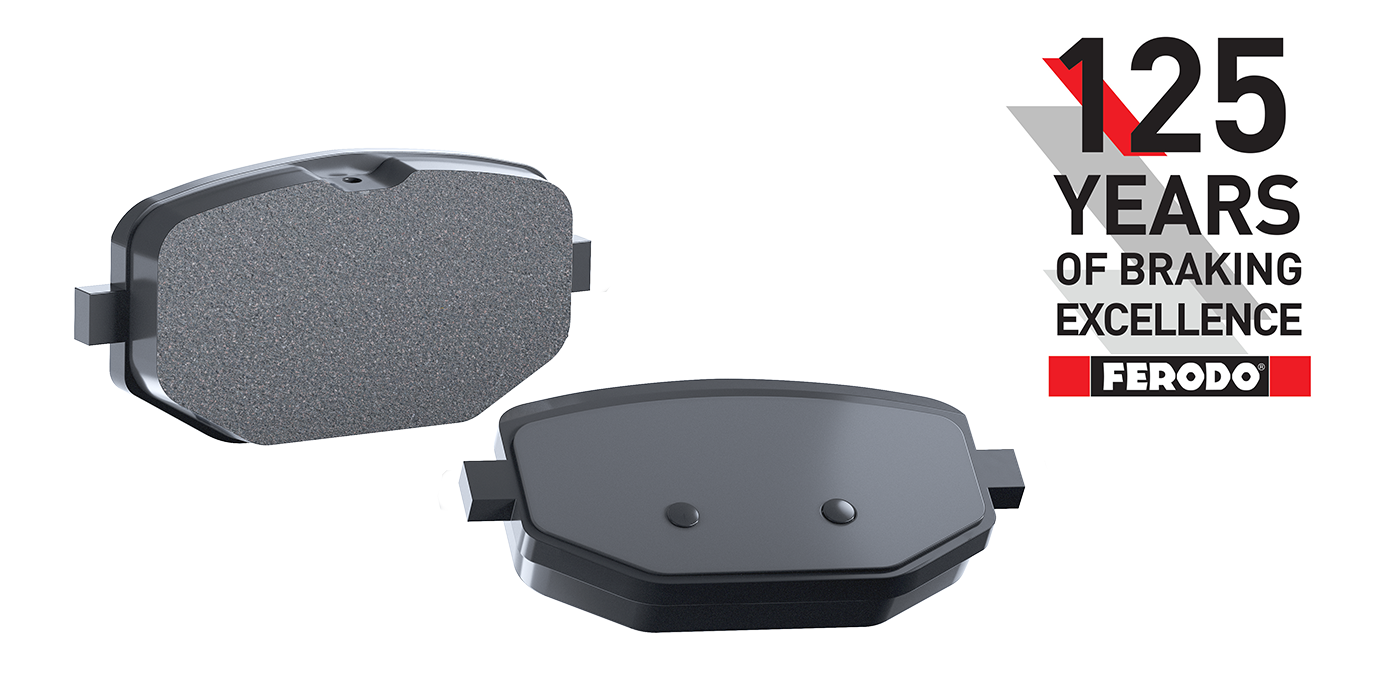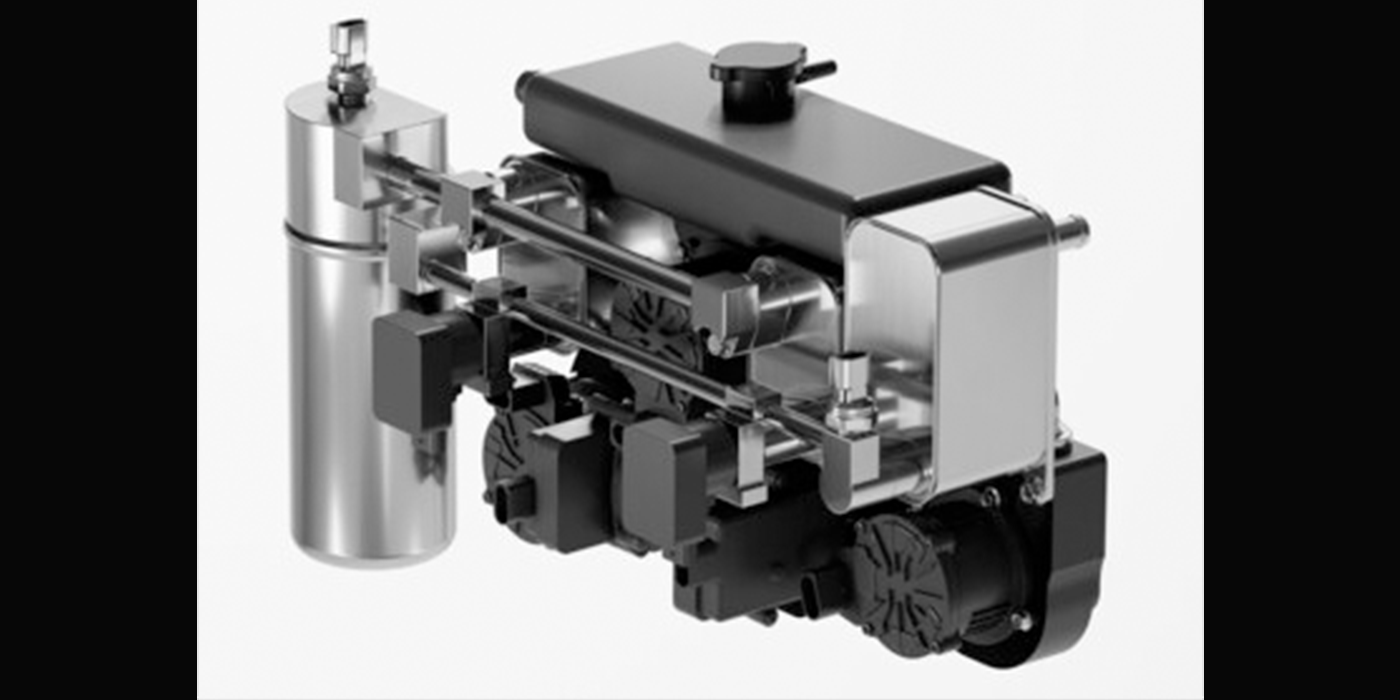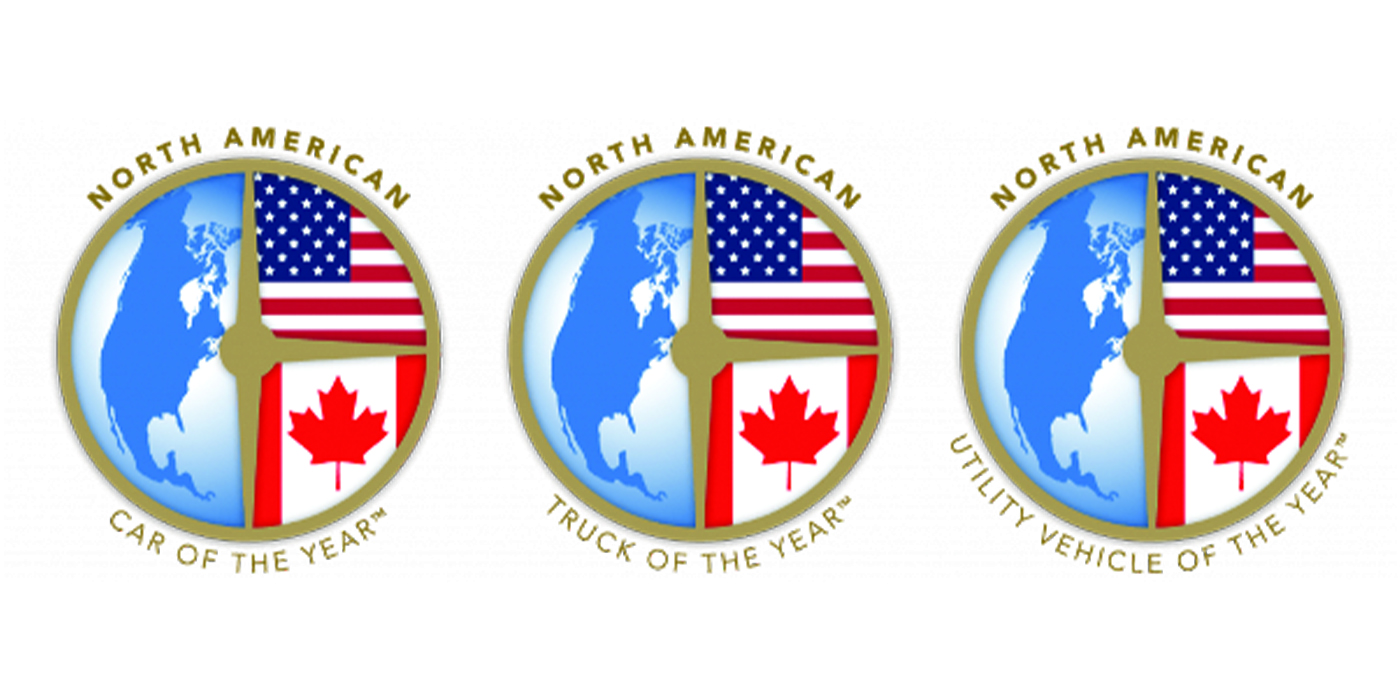From Detroit Free Press
With new chief executive Alan Mulally at the helm of the ailing Ford Motor Co., Chairman Bill Ford can return to the automotive tasks he treasures: inspiring the workers and fans of the company founded by his great-grandfather 103 years ago and envisioning how it can find its way through a second century.
That hasn’t been easy to do in recent years. His 2002 turnaround plan, which aimed to cut 35,000 jobs, didn’t accomplish its goals and fell off course last year. That means the company will have to cut at least that many jobs again, but faster this time — maybe even by the end of the year.
"It’s hard to be a spiritual leader and lead a turnaround at the same time," the 49-year-old Ford recently told a friend.
But now, the widely-regarded nice guy Bill, as he likes to be called, is back to his vocation. "I love this place. … I love you all. … We love you," Ford said during a town hall meeting Wednesday to introduce Mulally to workers.
And Mulally can embark on his calling, too: Fixing Ford, by whatever means necessary.
On Wednesday and Thursday, Mulally, the respected engineer who rescued Boeing Co. from its tailspin after the Sept. 11, 2001, terrorist attacks, will attend his first board meeting as a director and vote on whether to approve a retooled and highly anticipated Way Forward turnaround plan.
"It’s a really important board meeting," Mulally agreed.
The board will be faced with the option of cutting 30 percent of the North American workforce — nearly 40,000 jobs — by the end of this year, several sources told the Detroit Free Press. That’s about 6,000 more jobs than the 34,000 announced earlier this year.
Also on the agenda: accelerating and possibly adding plant closures, retooling the product plan, consolidating the dealership body nationwide and offering buyouts to hourly workers at all of its facilities nationwide, among other actions.
The resulting plan could be historic for Ford — a do-or-die document that might propel the automaker out of yet another difficult turn in the automotive industry or hasten the company’s demise.
Mulally, who told Ford workers Wednesday that Boeing’s workforce went from 127,000 employees to 52,000 under his watch, is not expected to be timid in his approach, and he even asked the board whether they were really sure he was what they wanted.
"I’ve got to know if this is what you really want," Mulally recalled asking them. "You know about me. You know my history. You know about my experience. You know exactly what I’ve done before."
Because he was just hired last week, Mulally hasn’t had a chance to put his stamp on the new restructuring plan. Over time, though, he is expected to make adjustments where he sees fit and offer guidance to Mark Fields, the executive vice president who oversees the automaking business in the Americas and is charged with crafting the Way Forward plan.
Mulally, who has no automotive experience, will have many tools at his disposal. That includes mergers-and-acquisitions specialist Kenneth Leet, who was hired as a strategic adviser to Bill Ford in early August.
Leet will now report directly to Mulally, and his No. 1 priority is preparing Ford’s luxury brand Aston Martin for sale, a source familiar with his work said. Other strategies said to be under examination by Leet, such as selling Jaguar or examining new organizational structures for the company, are considered lower priorities.
Whatever moves the team ultimately decides on now must have a rapid timetable, experts say. Bill Ford seems to agree, joking that Mulally has so much to take in quickly that it will be like drinking from a fire hose. He also recognized that the Way Forward plan needed to move ahead now, even before Mulally could do his own comprehensive analysis.
Industry experts interviewed for this report over the past week said Ford has been running out of time to get back on its feet. With each passing month, several said, the competitive marketplace becomes ever less forgiving of mistakes, especially errors with new cars and trucks.
"The company is in danger," David Cole, executive director of the Center for Automotive Research in Ann Arbor, MI, said in a recent interview. "They have to move just as fast as humanly possible to change."
Ford’s initial Way Forward plan, introduced in January, spreads up to 34,000 job cuts — about 25 percent of its workforce in North America — and 14 plant closures over seven years.
But it was swiftly criticized for lacking detail and urgency. For example, it failed to identify half the plants slated for closure and move as fast to cut jobs as a similar turnaround plan being executed by competitor General Motors Corp.
High fuel prices and plummeting truck sales, especially of the mainstay F-Series, quickly amplified the flaws of the plan. Ford posted a half-year loss of $1.4 billion, largely because of a $4-billion loss in the North American division that was only partially offset by gains elsewhere.
Concerns gain speed
Six months after announcing the Way Forward, on July 20, Bill Ford conceded, "We need to go farther and faster."
Since then, the problems have only been accelerating.
The company has lost 1.1 percentage points of market share so far this year, including 2.3 percentage points in August alone, after slowing the decline for at least four straight months earlier this year.
Sales of profitable trucks, such as the mainstay F-Series, are down 17 percent for the year — a breathtaking decline for truck-dependent Ford.
As the company embarks on its latest big fix, a lot of potential fixes are already in play.
Bill Ford laid out a three-point plan last week, and all of the issues are being addressed in some way.
The Way Forward changes are to be announced this week, another step toward correcting the No. 1 issue: fixing North America.
Secondly, Ford is expected to detail this week the progress it has made integrating product development systems worldwide — a move that should save money with common parts and more efficient purchasing and can accelerate the time it takes to get new product to market.
Finally, Mulally’s appointment is the first step to plugging what some have seen as a leadership vacuum.
A long road back
Still, a lot of work remains. It’s expected to take years for the company to dig out of its existing mess.
Mulally needs to get better products out faster, cut the number of dealerships, match the number of plants that build vehicles to the amount consumers actually want to buy and prepare for national contract talks with the UAW in 2007. Most importantly, Mulally will need to bolster morale at the same time he’s cutting jobs — no small task.
Building great products, he said, "takes a skilled and a motivated team, and we’re here to provide that environment for the employees at Ford. … Employees are going to go where they see a future."
Mulally, for his part, seems motivated. He sees fixing Ford as more than a business calling, but a patriotic one as well.
The new CEO, who was quietly promoted to Bill Ford by Richard Gephardt, the former House Democratic leader and one of Big Labor’s political champions, has said he views Ford’s fight as a symbol of the United States in the global economic battle now under way.
"This is a United States icon, and Boeing is a United States icon," Mulally said. "Some people believe the U.S. can’t compete. … I personally think we absolutely can, and we better."
Copyright (c) 2006, Detroit Free Press













